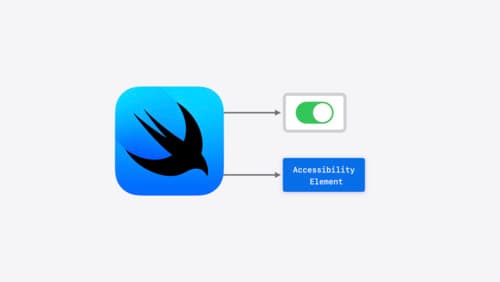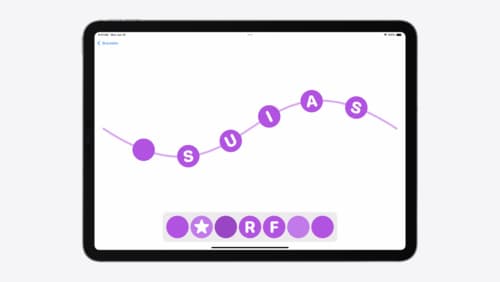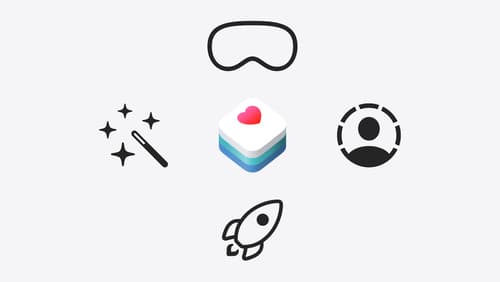SwiftUI UI
Asked on 2024-07-20
1 search
SwiftUI is a powerful framework for building user interfaces across all Apple platforms. Here are some key points about SwiftUI from the WWDC sessions:
-
Declarative Syntax: SwiftUI uses a declarative syntax, which means you describe what your UI should look like and how it should behave. SwiftUI takes care of updating the UI when the state of your app changes. This approach reduces boilerplate code and helps prevent bugs related to UI updates. (SwiftUI essentials)
-
Built-in Capabilities: SwiftUI includes a wide range of built-in views and controls, such as buttons, toggles, pickers, navigation views, split views, and customizable multicolumn tables. It also supports presentations like sheets and inspectors. (SwiftUI essentials)
-
Customization and Low-Level Control: For more unique and custom experiences, SwiftUI provides APIs for low-level control. You can create custom control styles, use canvas for high-performance imperative drawing, and even apply custom Metal shaders directly to SwiftUI views. (SwiftUI essentials)
-
Searchable Modifier: The
searchablemodifier in SwiftUI allows you to add search functionality to your views easily. This modifier takes care of presenting a search view and updating the content based on the search term. (SwiftUI essentials) -
Cross-Platform Development: SwiftUI enables you to share a lot of code across different Apple platforms, including iPhone, iPad, Mac, and Apple Vision Pro. This makes it easier to maintain and develop apps for multiple platforms. (Migrate your TVML app to SwiftUI)
-
Accessibility: SwiftUI makes it easy to create accessible apps. It automatically generates accessibility elements for your views, which are used by accessibility technologies like VoiceOver, Voice Control, and Switch Control. (Catch up on accessibility in SwiftUI)
-
HealthKit in visionOS: SwiftUI components like
TabViewand sheets translate well to visionOS, and you can use new APIs likeonGeometryChangeto enhance the experience on this platform. (Get started with HealthKit in visionOS) -
Animations and Transitions: SwiftUI provides powerful tools for creating animations and transitions. You can use built-in transitions or create custom ones to enhance the user experience. (Enhance your UI animations and transitions)
For more detailed information, you can explore the sessions mentioned above.

Catch up on accessibility in SwiftUI
SwiftUI makes it easy to build amazing experiences that are accessible to everyone. We’ll discover how assistive technologies understand and navigate your app through the rich accessibility elements provided by SwiftUI. We’ll also discuss how you can further customize these experiences by providing more information about your app’s content and interactions by using accessibility modifiers.

Enhance your UI animations and transitions
Explore how to adopt the zoom transition in navigation and presentations to increase the sense of continuity in your app, and learn how to animate UIKit views with SwiftUI animations to make it easier to build animations that feel continuous.

Get started with HealthKit in visionOS
Discover how to use HealthKit to create experiences that take full advantage of the spatial canvas. Learn the capabilities of HealthKit on the platform, find out how to bring an existing iPadOS app to visionOS, and explore the special considerations governing HealthKit during a Guest User session. You’ll also learn ways to use SwiftUI, Swift Charts, and Swift concurrency to craft innovative experiences with HealthKit.
